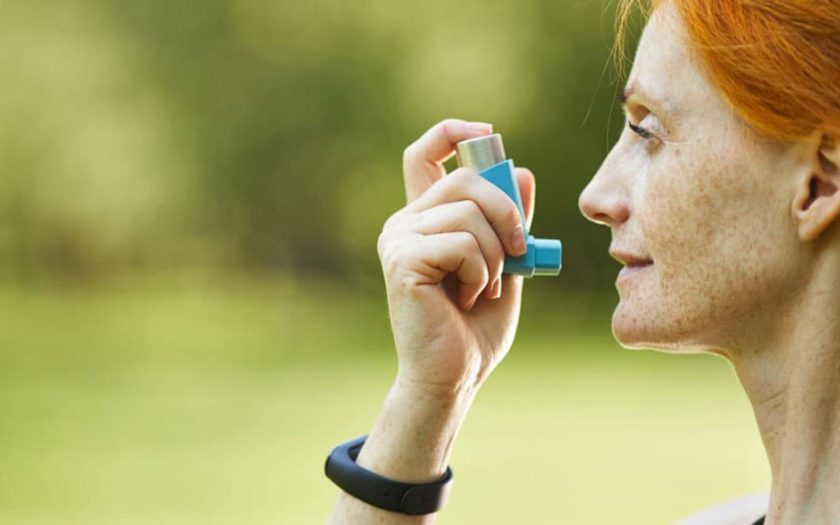Morning yoga or light stretching at dawn.
Morning is the ideal time for people with asthma to take care of their bodies and provide their lungs with a gentle, gentle workload. In summer, the heat often causes shortness of breath, fatigue, and worsens asthma symptoms, so it’s especially important to take advantage of the hours when the air is still fresh and temperatures are lower. This is the perfect time for some light exercise, gentle yoga, or stretching — even just on your balcony or in a shady courtyard. Simple movements like the “cat-cow” pose, “child’s pose,” or sitting in lotus position with deep breathing help release tension in the chest, relax the diaphragm, and improve breathing. These exercises require little effort but have a noticeable impact: you’ll feel lighter, calmer, and better able to control your breathing throughout the day.
Drinking ginger tea with honey.
Summer heat can increase airway inflammation and cause discomfort in the lungs, especially for people with asthma. One simple and tasty way to support your respiratory system is by drinking ginger tea with honey. Ginger is not just a spice — it’s a natural anti-inflammatory. It helps relax the bronchial muscles, reduce swelling, and improve circulation in the lungs. Honey, in turn, has a soothing effect on the throat and eases irritation, which often accompanies asthma. For example, on a hot morning or evening when breathing feels difficult, pour yourself a cup of warm ginger tea and feel the steam from the drink gently warming your chest. This drink not only hydrates your body — which is especially important in the heat — but also helps fight internal inflammation. You can drink it a few times a day; just make sure the tea is warm, not hot, to avoid irritating your throat.
Posture control.
Good posture is especially important for people with asthma, particularly during hot weather. When you sit or stand hunched over, your lungs can’t fully expand, and your breathing becomes shallow. This limits oxygen intake and can lead to shortness of breath or worsen symptoms. Imagine trying to breathe through a narrow straw — that’s how your lungs feel when your body is slouched. But if you sit up straight, roll your shoulders back, and take a deep breath, breathing becomes easier and your body gets more oxygen. Just a few minutes of mindful posture throughout the day can reduce chest tightness and improve how you feel. To make this a habit, try setting reminders on your phone or keep a mirror nearby to check your posture regularly. However, correct posture alone is not enough. It is also important to remember to take your medications regularly (for example AB Phylline, Alupent, Aminophylline, Asthalin, Daxas) and use inhalers (for example Atrovent, Combivent) as prescribed by your doctor. They help keep symptoms under control and prevent them from getting worse.
Sleeping in a cool, dark room.
High temperatures and bright light can worsen breathing, trigger breathlessness, and even increase the frequency of nighttime asthma attacks. That’s why it’s crucial to create a comfortable sleeping environment: cool air and darkness are natural ways to ensure restful sleep. For example, when you go to bed in a room that feels pleasantly cool, with windows covered by blackout curtains and free from distracting noises or light, you’ll notice your breathing becoming steadier and calmer, and your body fully relaxes. To maintain this atmosphere, you can use light cotton sheets, a fan or air conditioner on a soft setting, and thick curtains or blinds. Just is careful not to overcool the room, as sudden cold can also trigger spasms.

